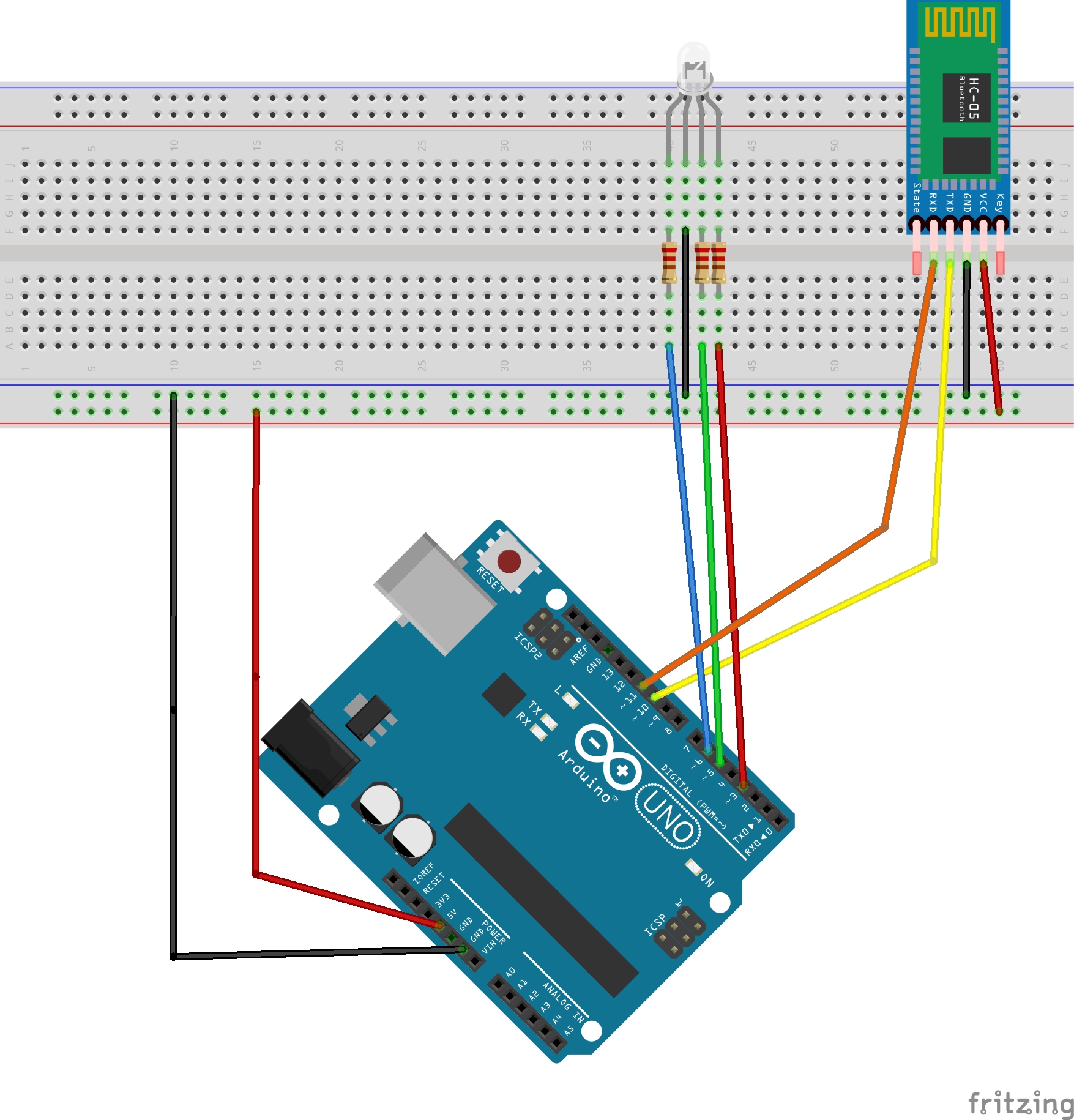
This example turn a GPIO pin ON and OFF with a delay.Ĭonst int PIN_NUMBER = 13 //Replace 'PIN_NUMBER' with a physical pin, we'll use the built-in LED on pin 13 on the RedBoard Qwiic We can add time delays for different effects. In a nutshell, that's a blink, off to on and then back to off. If you hooked up an multimeter, or oscilloscope, that pin would be at 5V relative the GND (0V) until you declare it LOW with digitalWrite(PIN_NUMBER, LOW). So when we write that digital high, the IC knows exactly what to do. What this means is that our IC is dedicating that pin to be an output. Then up in setup() function, we need to write pinMode(PIN_NUMBER, OUTPUT). For the simplicity, we'll use the defualt pin 13 on the RedBoard Qwiic. So we make a variable to easily reference our pin number: PIN_NUMBER. We have to declare what we want that pin to be. However, you'll notice that won't really work if you just copy paste that into the loop section. We make the ATMEGA IC do this by writing digitalWrite(PIN_NUMBER, HIGH) in our Arduino code. On the RedBoard, our “On” (or output) voltage is a super useful 5 Volts. This means that depending on how we set it up, that pin will receive a voltage signal or put out a voltage signal. These are General Purpose Input and Outputs, meant simply for input and output. We’re going to put together some simple components and play around with what microcontrollers can do to for our lighting needs. What about control, what about the pizzazz? Just because LEDs only allow current in one direction doesn’t mean you can only go one direction. It’s simple enough to just touch LED pins to a coin-cell, even add a little tape and you have a super simple flashlight. While it's not ideal, there are resistors designed to blow at high current: fuse resistor. Let's say that the voltage is fine but the diode keeps blowing and you're low on LEDs.
#Arduino rgb led series#
If your voltage is too high, then using the right resistor can drop that down to a safer level when used in series with the LED. (Also, remember this tip if you have old LEDs that can't seem to light up, maybe someone made an oopsie.)Ī big key point for the first two topics is using resistors to limit the current.

#Arduino rgb led how to#
Check out our section on How to Install CH340 Drivers" for help with the installation.

#Arduino rgb led drivers#
If you've never connected an CH340 device to your computer before, you may need to install drivers for the USB-to-serial converter.


If this is your first time using Arduino, please review our tutorial on installing the Arduino IDE. Note: This example assumes you are using the latest version of the Arduino IDE on your desktop.


 0 kommentar(er)
0 kommentar(er)
